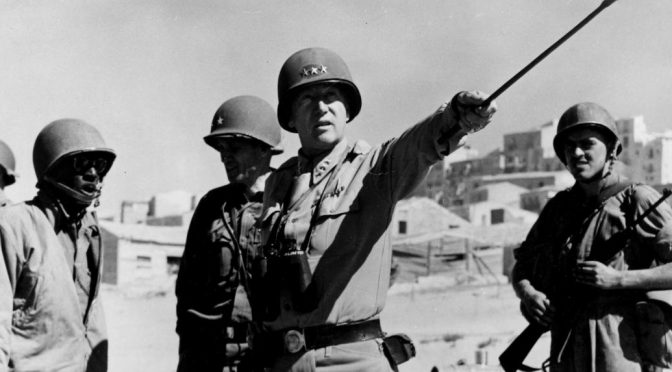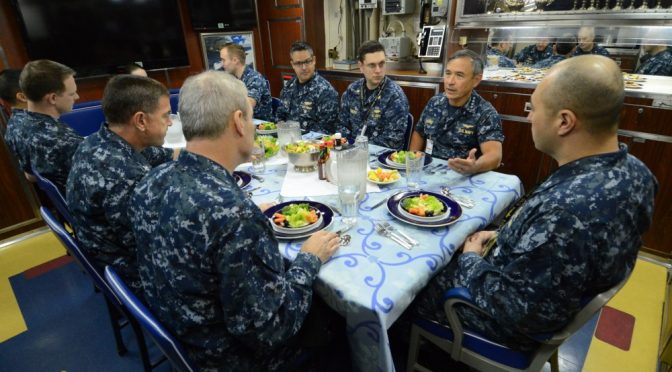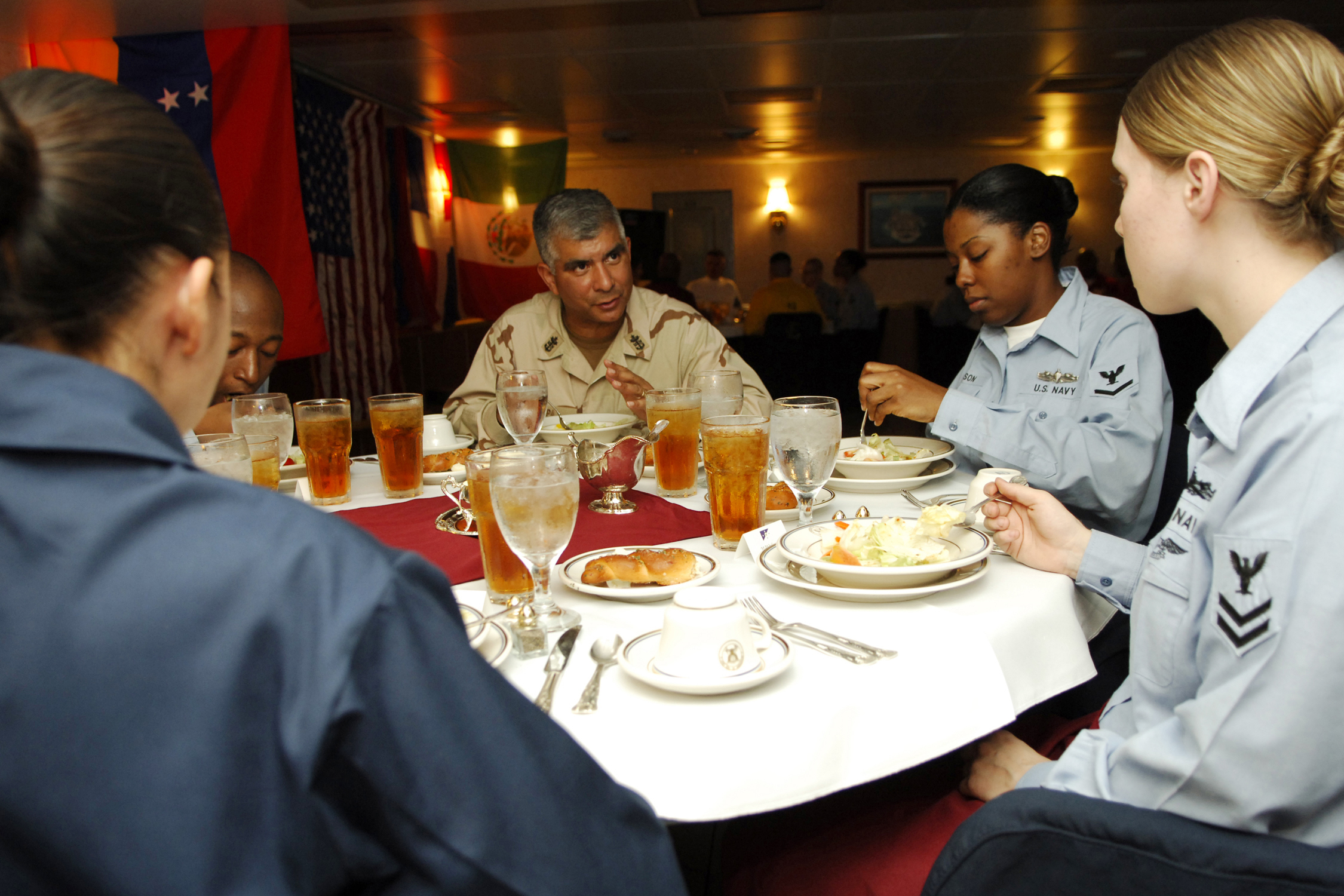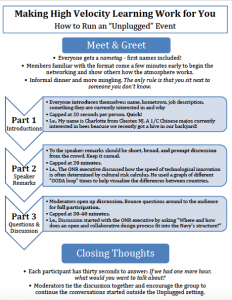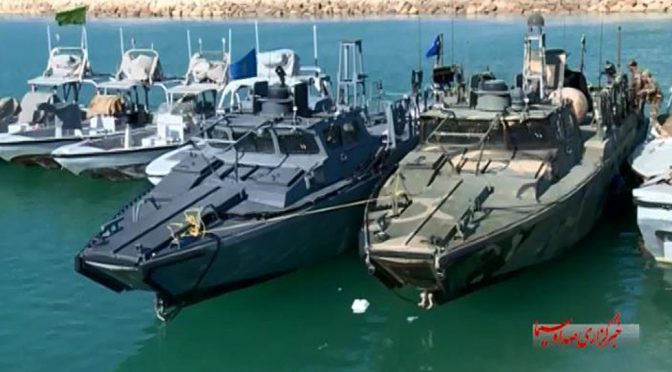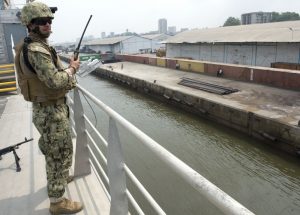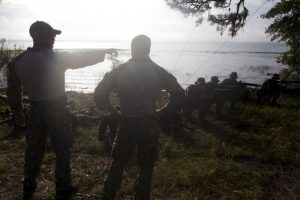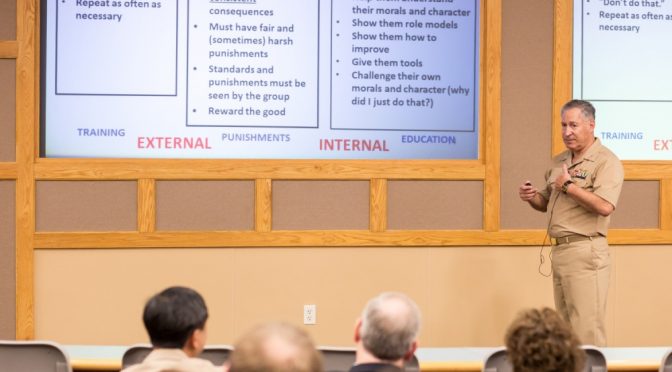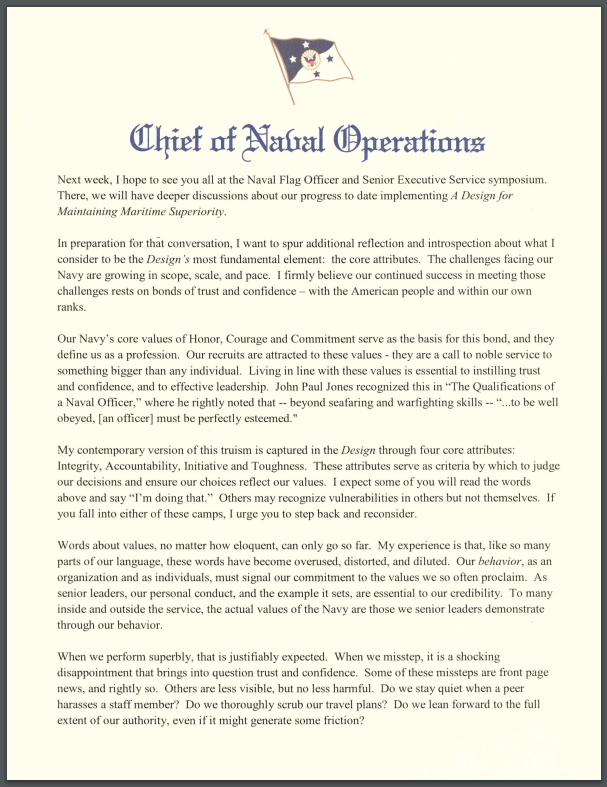This article originally published on The Bridge and is republished with permission. Read it in its original form here.
Mission command has some real problems. Of course, the concept sounds great, or at least General Patton seemed to think so: “Never tell people how to do things. Tell them what to do and they will surprise you with their ingenuity.” As you might expect, the US Army Command and General Staff College supports this belief, devoting hours to discussing the logic of empowering junior leaders. However, to paraphrase a US Air Force B-1 bomber pilot from the 2015-2016 class, the military rarely practices this. This article attempts to answer why. It submits that there are serious risks inherent within the philosophy of mission command that cause many people to reject it, if not in word then in deed. Three of these risks are the fear of subordinates making mistakes, the discomfort of superiors feeling out of control, and the angst of leaders chancing their careers on others’ mistakes. These are real dilemmas that inhibit the practice of mission command and ones that we in the military community often choose not to discuss—but like all dilemmas, they are easier to fix when confronted.

The philosophy of mission command is the empowerment of subordinate leaders to creatively solve problems within a higher commander’s intent. This philosophy surfaced prominently in military writing with the 1890 Prussian concept of Auftragstaktik, or mission tactics. The benefits of an agile and autonomous force, according to German military theorist Helmuth von Moltke the Elder, include the ability “to act on the basis of [one’s] own view of [a] situation, [especially] at times when no orders can be given.”
United States Army Lieutenant Colonel Brian Steed, a military history professor at the United States Army Command and General Staff College, once outlined the costs of embracing mission command as he saw them. One, audacity risks stupidity. Military leaders must accept that empowering juniors makes them equally capable of great heights of genius and of striking failures. Two, loosening control risks chaos (or at least the appearance of such). Allowing others to take control means that they may do things differently than their superiors would have. Lastly, leading empowered subordinates means superiors may pay the price for their mistakes. Perhaps the greatest threat to the implementation of mission command is the fear that leaders who practice it will be called to account for the leeway they granted. However, as threatening as all of this may look, Steed stressed that it is only by accepting and managing these liabilities prudently that we can have leaders capable of serving in the complex and rapidly changing environments in which we fight.
AUDACITY RISKS STUPIDITY
Subordinate empowerment can go terribly wrong. One prominent example is the battle of Little Bighorn. In 1876, US Army Lieutenant Colonel Custer’s 7th Cavalry was part of a large operation pursuing Chief Sitting Bull’s native coalition. During his 19 years in the Army, Custer had built a reputation as a daring commander. At age 23, he was one of the youngest generals in the American Civil War, establishing himself as an extremely aggressive leader in such engagements as Hunterstown and East Cavalry Field in the Battle of Gettysburg. Though a willingness to think for himself had won him success during the Civil War; later, though, it cost his and his men’s lives in battle with the Sioux.
In late June 1876, Custer’s force was part of a brigade-sized element attempting to destroy Sitting Bull. Colonel John Gibbon, Custer’s brigade commander and direct superior, ordered Custer to use his cavalry regiment to drive the enemy into the bulk of his waiting brigade. As Custer approached the enemy’s camp, though, he believed that hostile scouts had already compromised his element of surprise. He reasoned that if he did not act immediately, the enemy would escape as it had so many times before.

Operating well removed from direct supervision, Custer acted upon his judgment. He disregarded his commander’s plan and ordered his regiment to attack what he thought was a weak-willed enemy. Unfortunately for the 7th Cavalry, though, instead of a frightened band of renegades, Custer encountered a stalwart force of thousands of natives who killed nearly everyone in his command.
The same same audacity that had served Custer so well in the past ended in his unit’s ruin on that midsummer day. Both Gibbon’s and Custer’s Auftragstaktik resulted in failure, which brings us to an unpleasant reality: the chance that plans can fail horribly is a real and indelible risk associated of mission command. However, equally bound up with the risk of failure is the possibility of great success.

The power of mission command is that it enables military units to adapt quicker and act more boldly than organizations in which subordinates are afraid to make decisions on their own. One example of this comes from the Korean War. When General Matthew Ridgway assumed command of the 8th United States Army, following the death of General Walton Walker, General Douglas MacArthur told Ridgway that “[You should] do what you think best…the Eighth Army is yours.” Ridgway later commented, “[T]hat is the sort of order that puts heart into a soldier.” Ridgway would go on to fight the North Koreans and Chinese ardently and ingeniously until the 1953 armistice at the 38th parallel. Mission command enables leaders, like Ridgway, to be audacious and successful just as much as it risks failures like Custer’s. It allows people the latitude to come upon opportunities and seize them.
LOOSENING CONTROL RISKS THE APPEARANCE OF CHAOS
For superiors, mission command is about accepting a certain loss of control. Indeed, by necessity the philosophy embraces a measure of seeming disorganization. Once, the author of this article observed a cavalry squadron’s training mission against a simulated chemical bunker in Korea. In preparation for the event, one troop commander carefully rehearsed his operation, including a 3-D digital walk through of the facility with his squadron commander present. The troop commander’s rehearsed plan was to enter the U-shaped bunker from the right—but upon arriving on the objective late on the night of the attack, the plan no longer made sense. On the fly, he decided to enter from the left. Obviously, going left instead of right was a small deviation from what he had briefed to his boss, but from the outside his actions might have looked like bedlam. That subordinate commander went about solving his problem differently than he had briefed and perhaps even differently than his commander would have. Extemporaneous decision making like that can insert a degree of unease into the execution of a plan, particularly for those superiors who do not feel comfortable with improvisation.
Supervisors may genuinely feel nervous about how their subordinates are going to perform when they are left to themselves, and not without good reason. Superiors practicing mission command allow their subordinates considerable leeway. For relationships where trust has not yet developed, or when supervisors require direct control to feel safe, there can be serious discomfort with mission command’s seemingly laissez-faire processes.
Yet, the lessening of control is an essential element of mission command and of the creative problem solving process itself. On another occasion, the author observed several staff officers preparing a presentation for their commanding general’s training brief to his higher command. In a brainstorming session, the general presented his message to the staff. His verbal message was masterfully articulated; however, he wanted a slide to support his point and was not sure what he wanted it to look like. So, three operations officers from his staff broke apart and created three entirely different slides. When the officers submitted their products to the general, he was pleased with the variety his staff afforded him and even more pleased that one of slides met his needs.
Neither the general nor the officers’ direct supervisor had any direct input on the creative process, yet their team still came up with a winning solution. The trust the leadership placed in their subordinates to enter into the “chaos” of unsupervised creativity allowed the general to deliver his message to his commander in the desired way.
EMPOWERMENT RISKS PUNISHMENT
It is important to admit that mission command can be a risky business. Why? Because superiors stand to lose a lot if their organizations fail at a task. Military officers are proud of saying that leaders are responsible for everything that happens and does not happen in their unit. Indeed, they should be proud of it: it is a key component of leader accountability. However, Brian Steed asserts this responsibility has a definite effect on the application of mission command that leaders ought to acknowledge.
…THE THREAT OF A STALLED CAREER IS OFTEN STRONG ENOUGH TO PROMPT LEADERS TO FOREGO MISSION COMMAND…
To illustrate the career risks that failure carries, a recent conversation with an Armor branch manager revealed a sobering statistic. Officers that made Armor’s 2015 battalion command select list had an average of approximately four and a half of five evaluation reports rated as “most qualified” (the highest rating), and merely advancing to lieutenant colonel required a record nearly as good. He continued that to get anything less than a nearly perfect history of evaluations means risking one’s very military retirement (at least as an Armor officer). This has the effect, however unintentional, of making aspiring officers reluctant to give their subordinates enough power to get them into trouble.
Addressing this issue starts with the institutional Army. To again paraphrase that same branch manager, with whom Steed agrees, the current standard of what a promising field grade officer looks like on paper is not sustainable. There simply are not enough top blocks to go around. Armor, at least, will eventually have to recalibrate its definition of what good enough is…or not have enough officers selected for its commands.
And while that particular example is drawn from the author’s own Armor branch, one could find parallels in almost any hierarchical organization, military or otherwise. Increasingly difficult-to-meet standards within competitive organizations inadvertently encourage leaders to tolerate less risk. According to Steed, the threat of a stalled career is often strong enough to prompt leaders to forego mission command and ensure they never get a mediocre evaluation. At the very least, the institution must acknowledge this.
However, the responsibility to empower mission command is not just at the institutional level. While every leader is affected by the system in which he or she works, he or she should never minimize his or her own ability to effect change. While some subordinates do warrant management in depth (though such individuals should soon find themselves differently employed), most do not need such paternalism. It is incumbent upon leaders to adroitly assess their subordinates and extend the maximum degree of latitude prudent for the circumstances. Yes, frustrating retraining will be involved and yes, subordinates will make foolish mistakes. However, to play to those factors is to miss the brilliance and ingenuity that lies within our team members.
CONCLUSION
It is within our power, indeed, it is our responsibility as leaders, to make mission command a daily reality. The United States’ military missions are too complicated and its formations too geographically dispersed to expect success without it. But to practice mission command we must accept three things: audacity risks stupidity, less control involves the appearance of chaos, and leaders who empower others will always incur risk. But, as Lieutenant Colonel Steed might say: if we can know the difference between honest mistakes and incompetence, if we can find the courage to let subordinates operate independently, and if we can accept that we might be held personally responsible for mistakes we did not make, then we can also achieve the prudent audacity to win wars, the brilliance to solve complex problems, and the wisdom to better realize our most important resource: people.
Burton Brender is an officer at the National Training Center at Fort Irwin, California. He holds a master of military arts and sciences from the Command and General Staff College and has held a variety of staff and command positions within the armor field. The opinions expressed are his alone and do not reflect those of the U.S. Army, the Department of Defense, or the U.S. Government.
Header Image: Lt. Gen. George Patton with the signal corps, 11 July 1943, Sicily. (General George Patton Museum)

